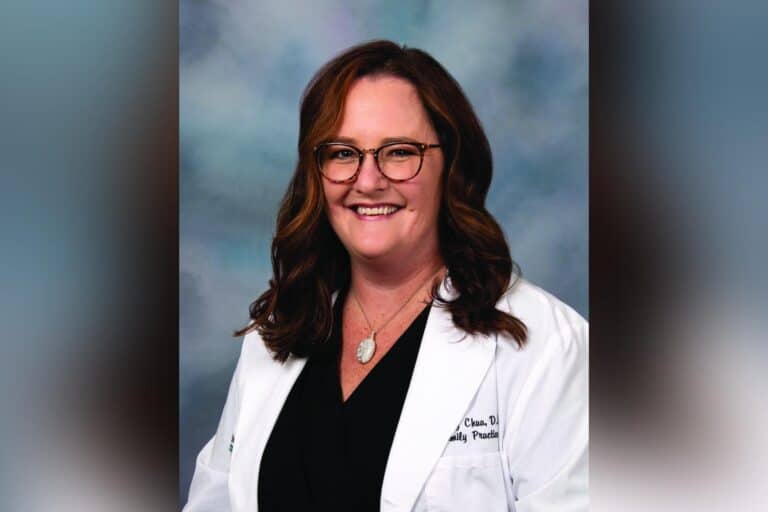MORGANTOWN, WV — A new national position statement on emergency action plans in sports, led by West Virginia University researcher Samantha Scarneo-Miller, introduces new priorities for responding to catastrophic injuries across all levels of sports.
“The ultimate goal of this position statement is to reduce unnecessary deaths from sport participation. We want this document to save more lives,” said Scarneo-Miller, assistant professor and program director for the Master of Science in Athletic Training program at the WVU School of Medicine.
The National Athletic Trainers’ Association (NATA) selected Scarneo-Miller to update its 22-year-old guidelines. The revised position statement emphasizes the need for an emergency action plan coordinator who collaborates with other athletic staff, develops sport-specific plans, and ensures comprehensive documentation of incidents.
Cardiac arrest, exertional heat stroke, traumatic head injury, and cervical spine injury are the leading causes of catastrophic injury in sports.
Published in the National Athletic Trainers’ Association Journal of Athletic Training, the position statement provides a comprehensive framework for emergency response preparation, highlighting the role of health care professionals and stakeholders in a pre-hospital setting.
The updated recommendations propose a more tailored approach, including the introduction of pre-event medical meetings, previously known as “medical timeouts,” to outline emergency procedures, signals, and equipment locations.
“Having a plan for just the facility isn’t good enough anymore,” Scarneo-Miller said. “One facility might be used by different teams with different personnel. We need a sport- and venue-specific emergency action plan because coaches and staff have their own unique skills they can contribute to the plan activation.”
The position statement also stresses the importance of having an emergency action plan coordinator supported by an interdisciplinary health care team. This would streamline plan development and implementation, involving coaches, administrators, physicians, and athletes.
“The athletic trainer might be the one coordinating the plan, but they have coaches, administrators, physicians, and athletes who need to be involved in reviewing and implementing the plan. We’re really trying to emphasize to athletic trainers that they have so many other resources they may not be utilizing,” Scarneo-Miller said.
Formulated with input from sports medicine physicians and athletic trainers, the systematic approach of the position statement reflects evolving medical science. This is the first position statement developed under NATA’s new procedures, which consider diversity in author team selection.
“Previously, clinicians have not been authors on position statements as the documents have been highly focused on the newest research for clinicians to use,” Scarneo-Miller said. “But the NATA is pushing hard to ensure clinicians’ voices are heard when developing these recommendations since they are the ones who will be translating this document into clinical practice.”
Scarneo-Miller unveiled the position statement during NATA’s 75th Clinical Symposia and AT Expo in New Orleans.














